Isolated ecosystems have given rise to some of the most unique plants and animals on Earth. These regions, often cut off from other landmasses for millions of years, allow species to evolve in ways that are found nowhere else. From towering ancient trees to rare animals, these remarkable organisms have adapted to their surroundings in ways that are truly fascinating. Here’s a look at some of the most unique flora and fauna from isolated ecosystems around the world.
Komodo Dragon (Komodo Island, Indonesia)

The Komodo dragon is the largest living lizard on Earth. It can grow up to 10 feet long and weigh over 150 pounds. Found only on a few Indonesian islands, including Komodo Island, this reptile is a top predator. Its saliva contains toxic bacteria that can incapacitate prey. Komodo dragons have rough, scaly skin and powerful limbs. They rely on their keen sense of smell to track down food from miles away.
Galápagos Tortoise (Galápagos Islands, Ecuador)
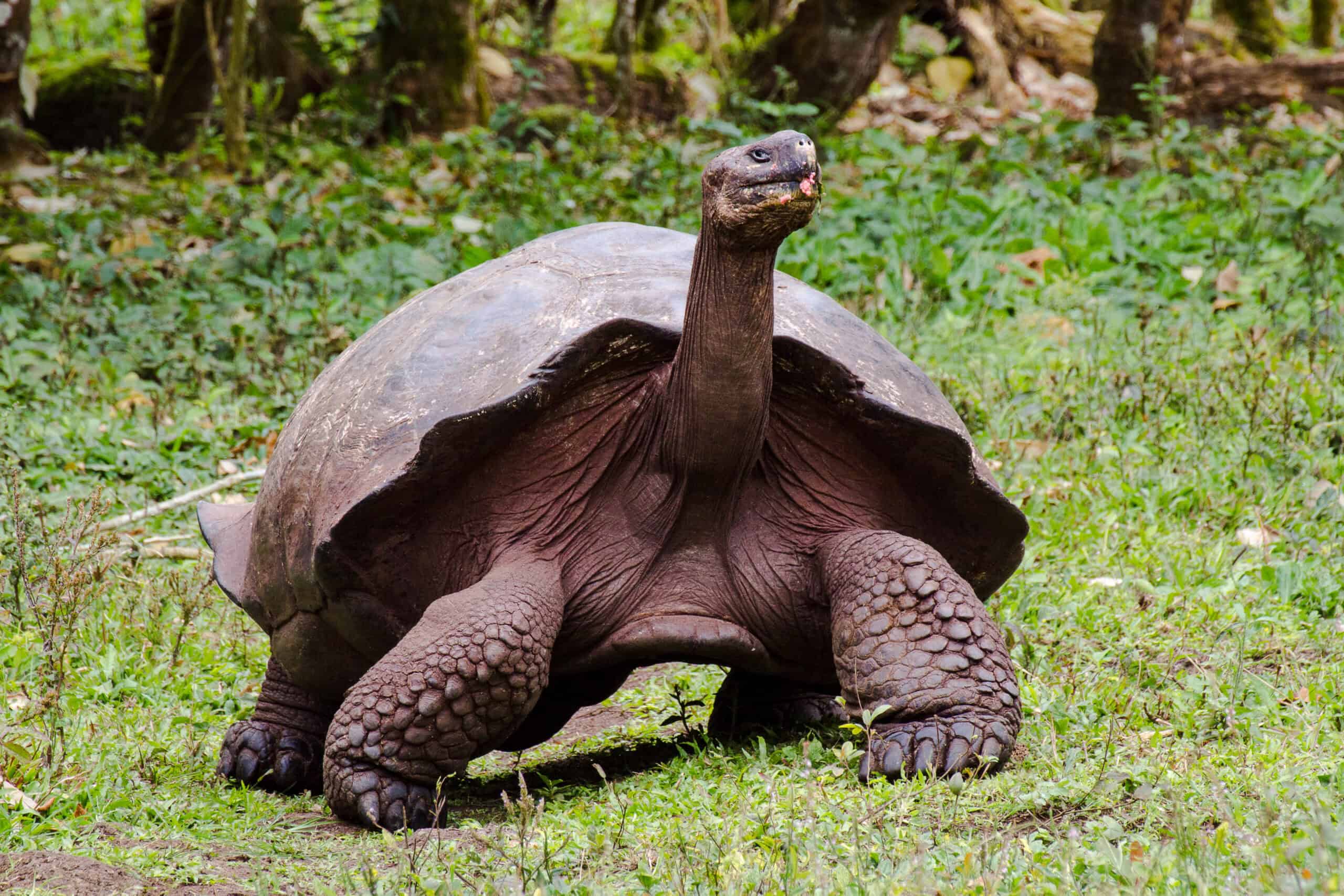
Galápagos tortoises are the largest tortoises in the world, weighing up to 900 pounds. They live exclusively on the Galápagos Islands and can live for more than 100 years. Their slow movements and massive size make them unique to the region. These tortoises have dome-shaped shells and thick, elephant-like legs. They spend much of their time grazing on grasses and shrubs, helping to shape the ecosystem.
Lemurs (Madagascar)
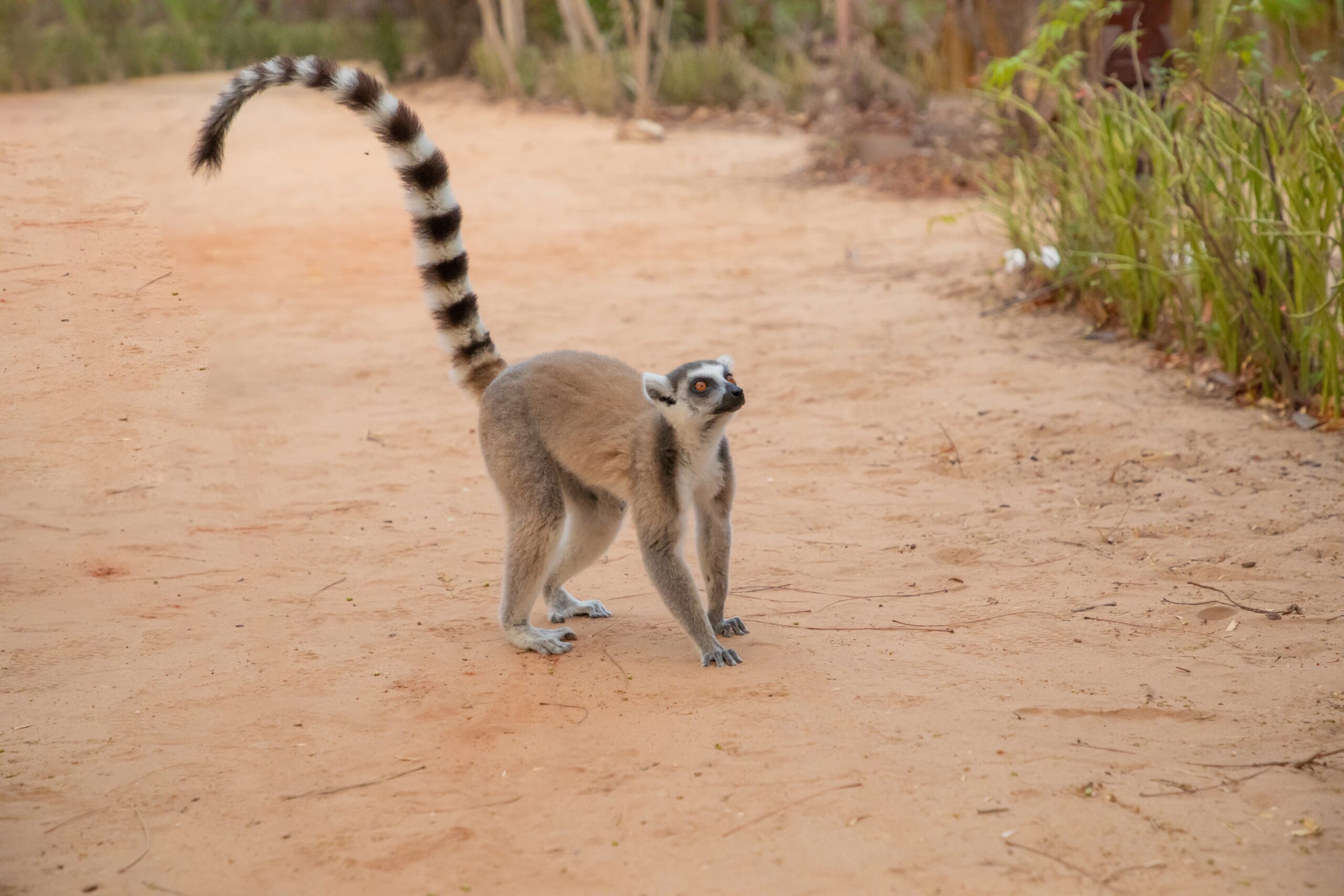
Lemurs are primates found only in Madagascar. These creatures are known for their large eyes and long tails, perfect for life in the trees. There are over 100 species, ranging in size from tiny mouse lemurs to larger ones like the indri. Lemurs are social animals, often living in groups. They have adapted to diverse habitats, from rainforests to dry forests, making them a key part of Madagascar’s biodiversity.
Socotra Dragon Blood Tree (Socotra Island, Yemen)
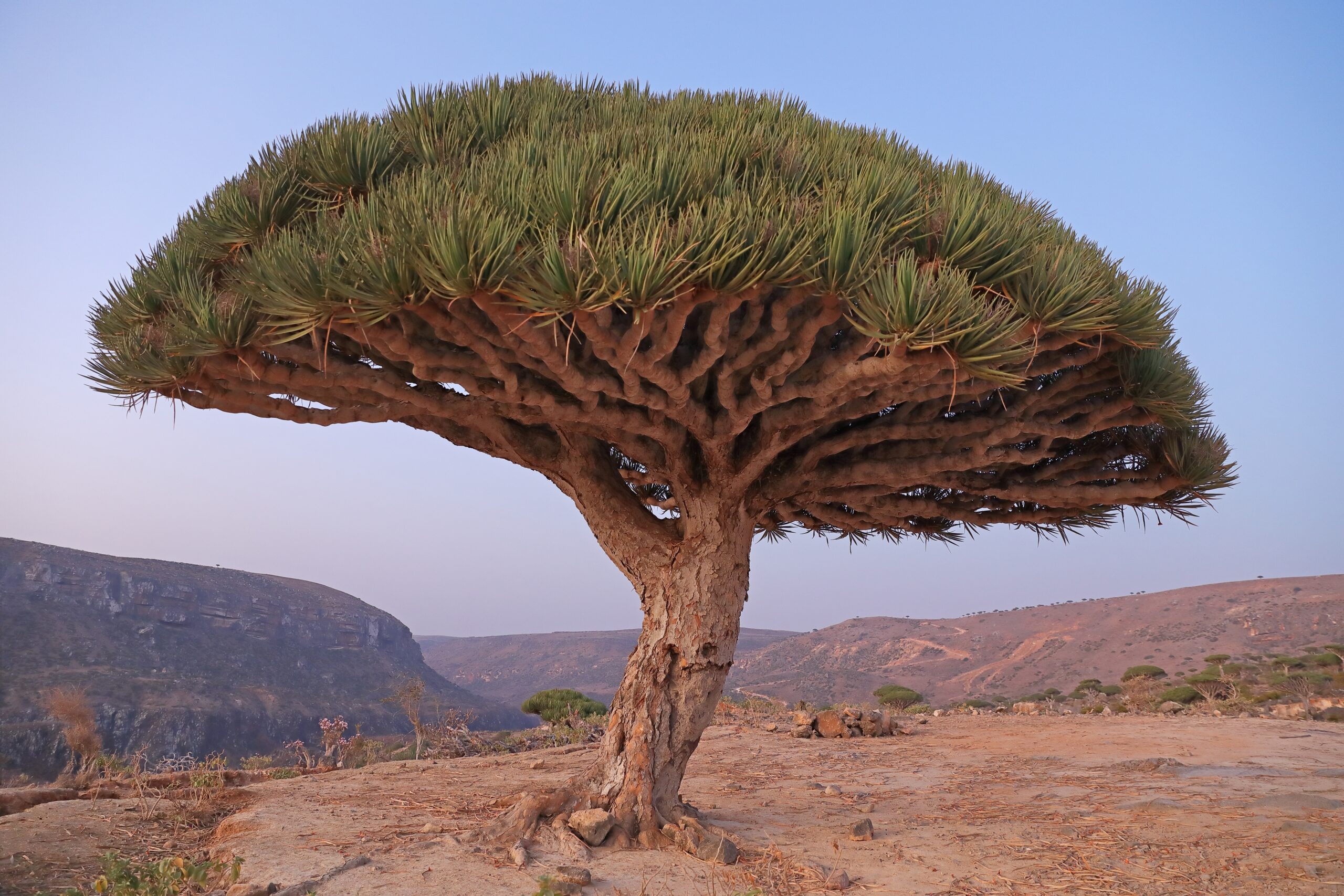
The Socotra dragon blood tree looks like an umbrella and produces a deep red resin. This tree grows only on the remote island of Socotra and has a distinctive appearance. Its sap, known as dragon’s blood, has been used for centuries for medicinal purposes. The tree’s unique shape helps it survive in the dry, rocky landscape. The branches spread out like a canopy, allowing the tree to collect moisture from the air.
Kakapo (New Zealand)

The kakapo is a flightless parrot found only in New Zealand. It is critically endangered, with fewer than 250 individuals left. This large, nocturnal bird is known for its green feathers and owl-like face. Kakapos have a distinctive, musty odor and are solitary creatures. They use their strong legs to walk long distances in search of food. The species has been brought back from the brink of extinction thanks to intensive conservation efforts.
Wollemi Pine (Australia)
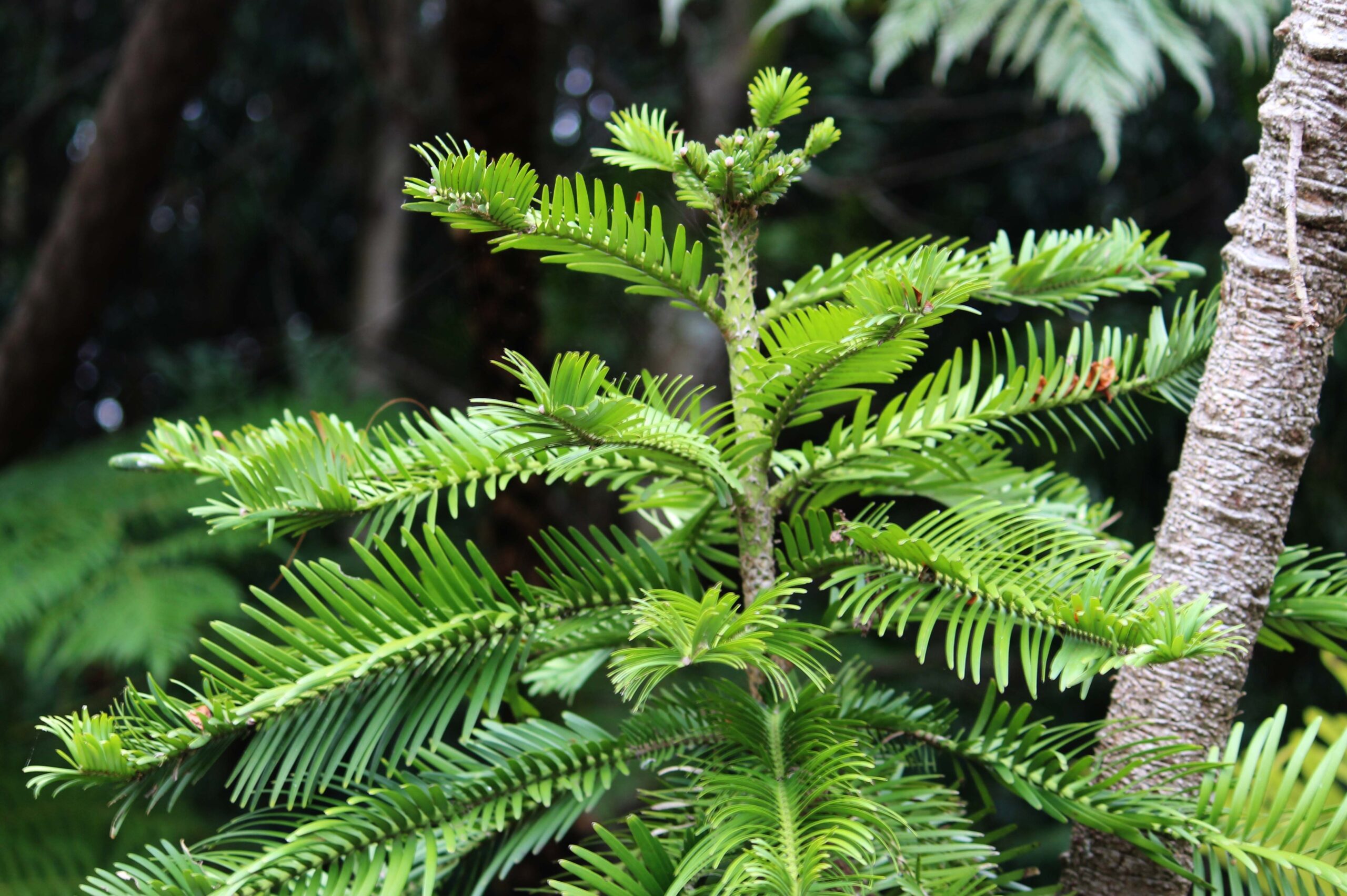
The Wollemi pine is a rare tree species once thought to be extinct. Discovered in 1994 in a remote part of Australia, it dates back to the time of the dinosaurs. This tree can grow up to 130 feet tall and has dark, knobby bark. Wollemi pines produce new branches from their trunks, a survival strategy in harsh conditions. Their survival has been helped by efforts to protect them in their natural habitat.
Lord Howe Island Stick Insect (Lord Howe Island, Australia)
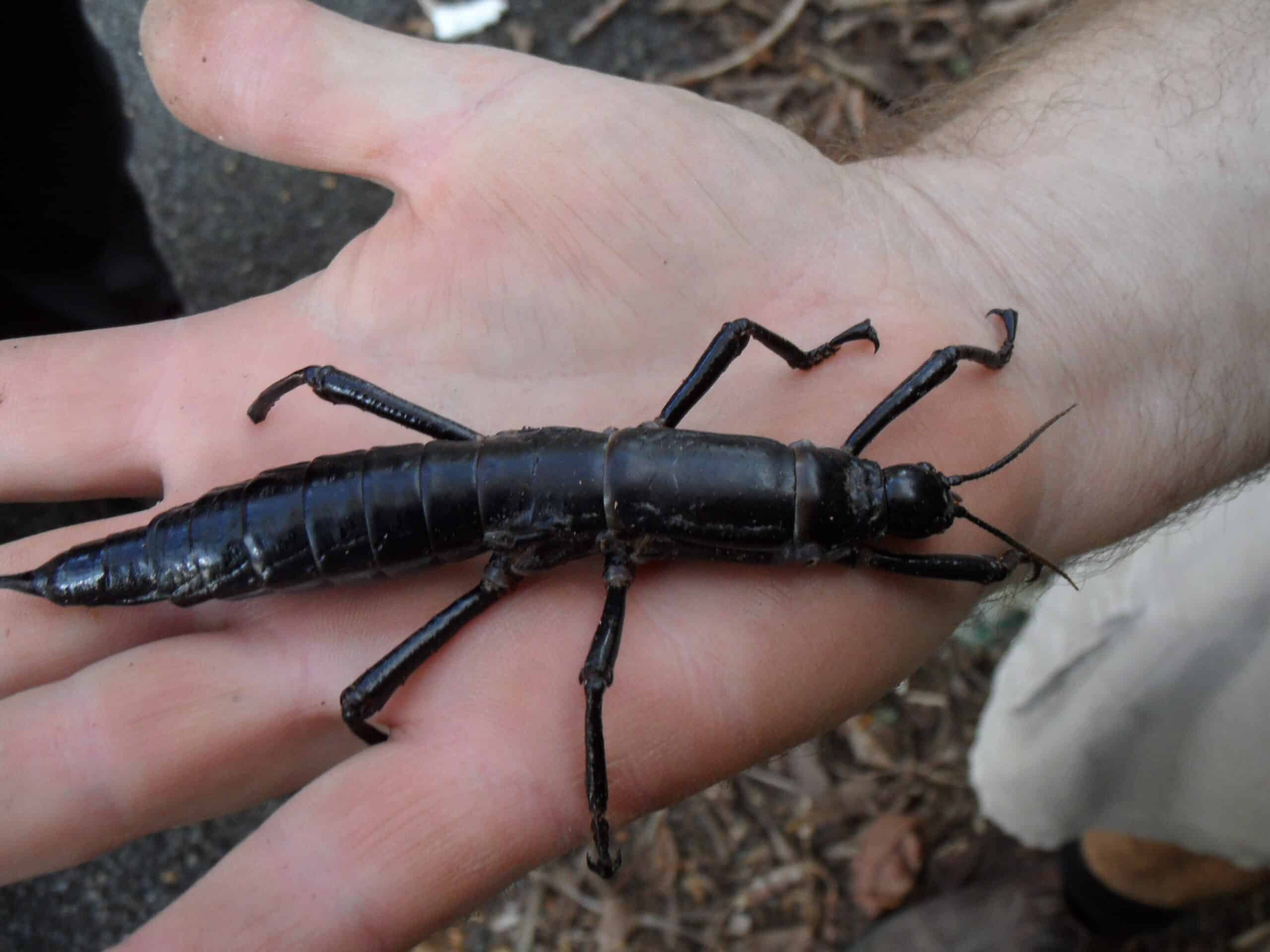
The Lord Howe Island stick insect is often called a “tree lobster.” This large insect was thought to be extinct until rediscovered in the early 2000s. It has a long, cylindrical body that helps it blend in with tree branches. The insect is nocturnal and feeds on leaves during the night. Conservation efforts are in place to reintroduce this insect to its native habitat.
Bali Starling (Bali, Indonesia)
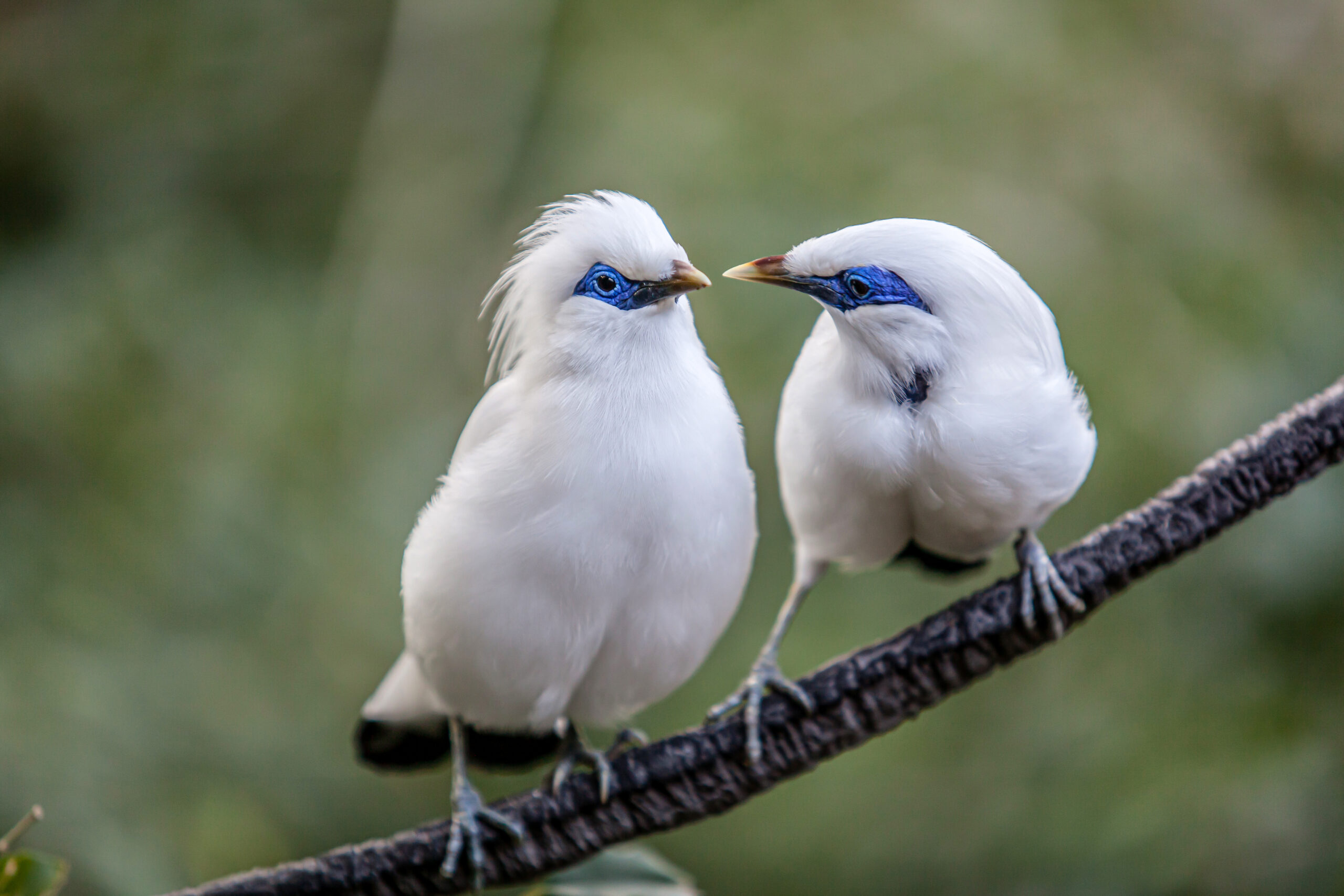
The Bali starling is a beautiful, critically endangered bird with striking white plumage. Found only on the island of Bali, it is known for its bright blue eye patches. This small bird has a melodic song and often nests in tree cavities. Due to habitat loss and illegal pet trade, the population has dwindled significantly. However, conservation breeding programs are helping to increase its numbers.
Tuatara (New Zealand)
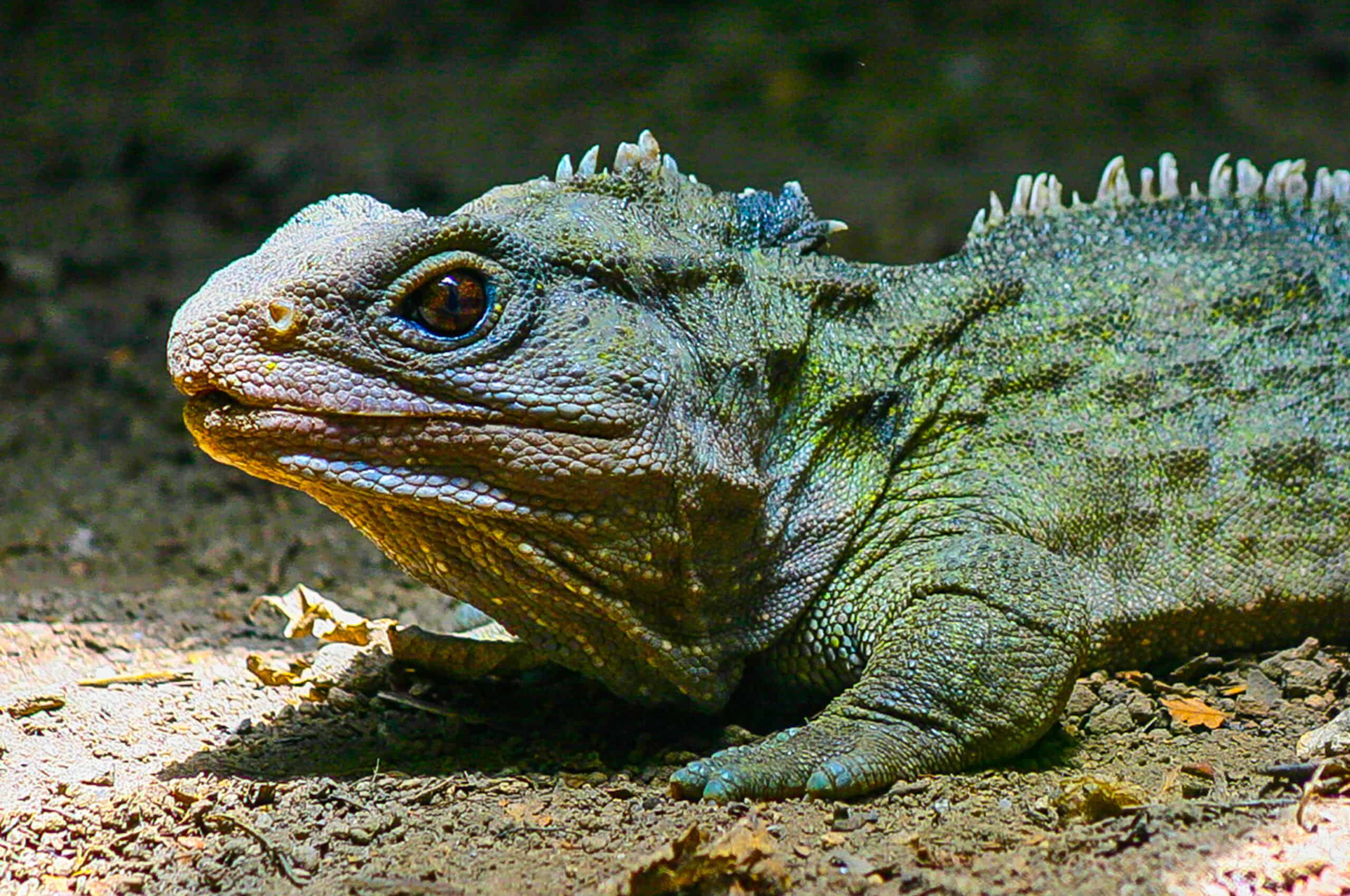
The tuatara is an ancient reptile found only in New Zealand. It resembles a lizard but belongs to a distinct order of reptiles that has been around for over 200 million years. Tuataras can live up to 100 years and have a slow growth rate. They have a unique “third eye” on top of their head, which helps regulate circadian rhythms. These reptiles are nocturnal, primarily feeding on insects, small birds, and reptiles.
Seychelles Giant Tortoise (Seychelles)
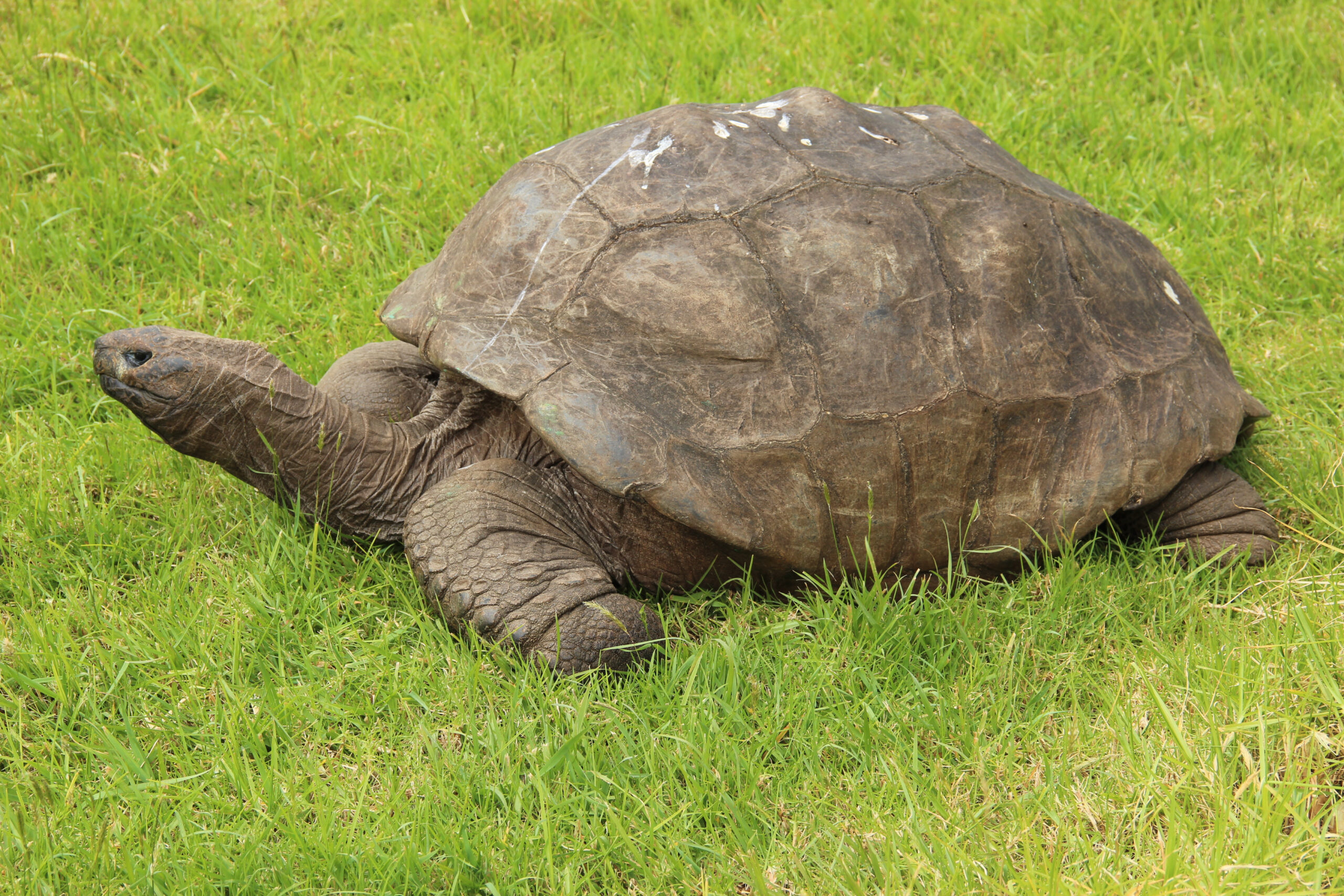
The Seychelles giant tortoise is native to the isolated islands of Seychelles. It is one of the largest tortoises, with some individuals weighing over 500 pounds. These tortoises have a long lifespan, often living for more than 150 years. Their diet consists mainly of grasses, leaves, and fruit. The tortoises’ slow movements and sturdy shells help them survive in their island environment.
Hawaiian Honeycreeper (Hawaii, USA)
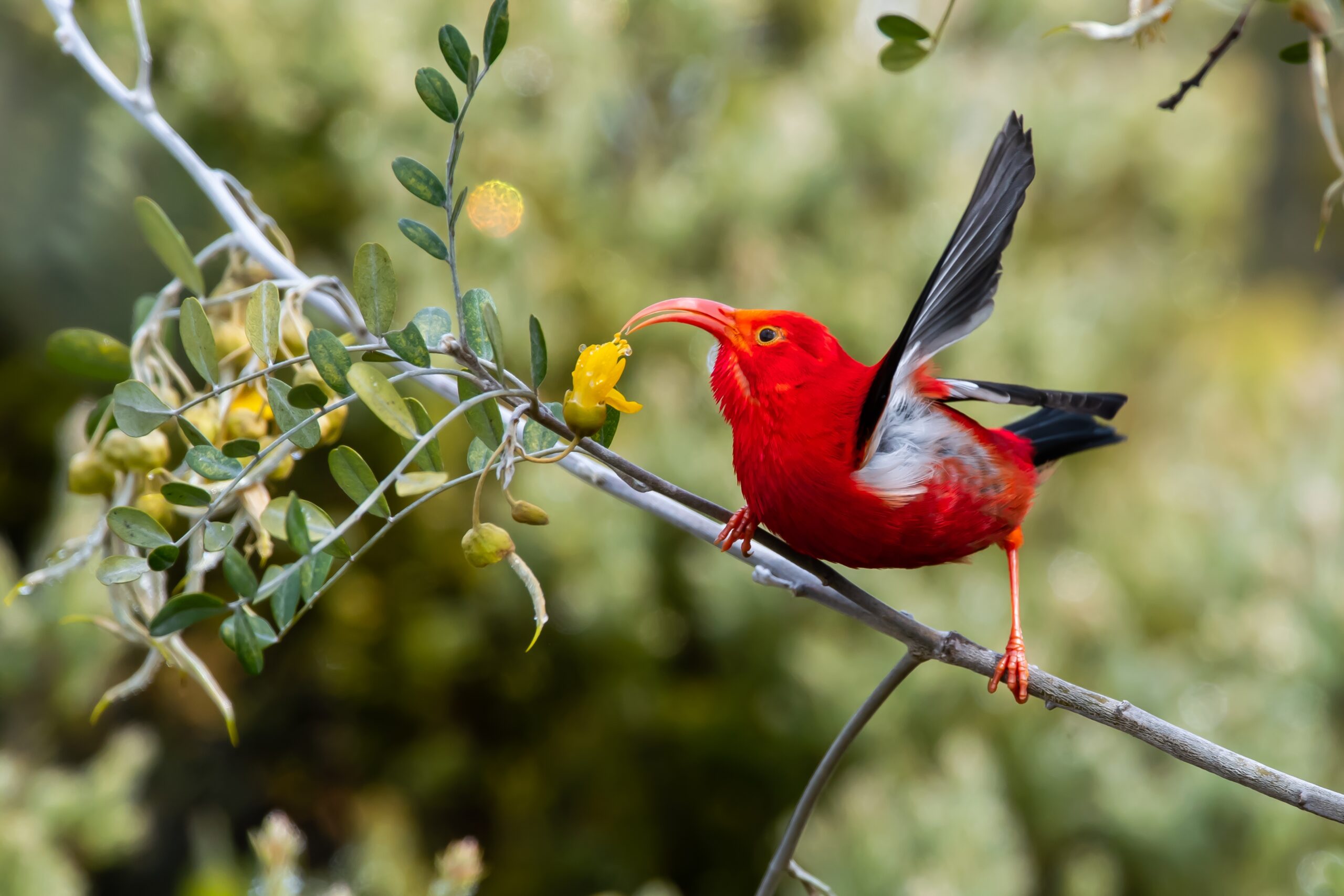
Hawaiian honeycreepers are a diverse group of small, brightly colored birds. Found only in Hawaii, they evolved to fill various ecological niches on the islands. Each species of honeycreeper has a different beak shape, adapted to specific food sources like nectar, seeds, or insects. Unfortunately, many species of honeycreepers are endangered due to habitat loss and invasive species.
Malagasy Baobab Trees (Madagascar)
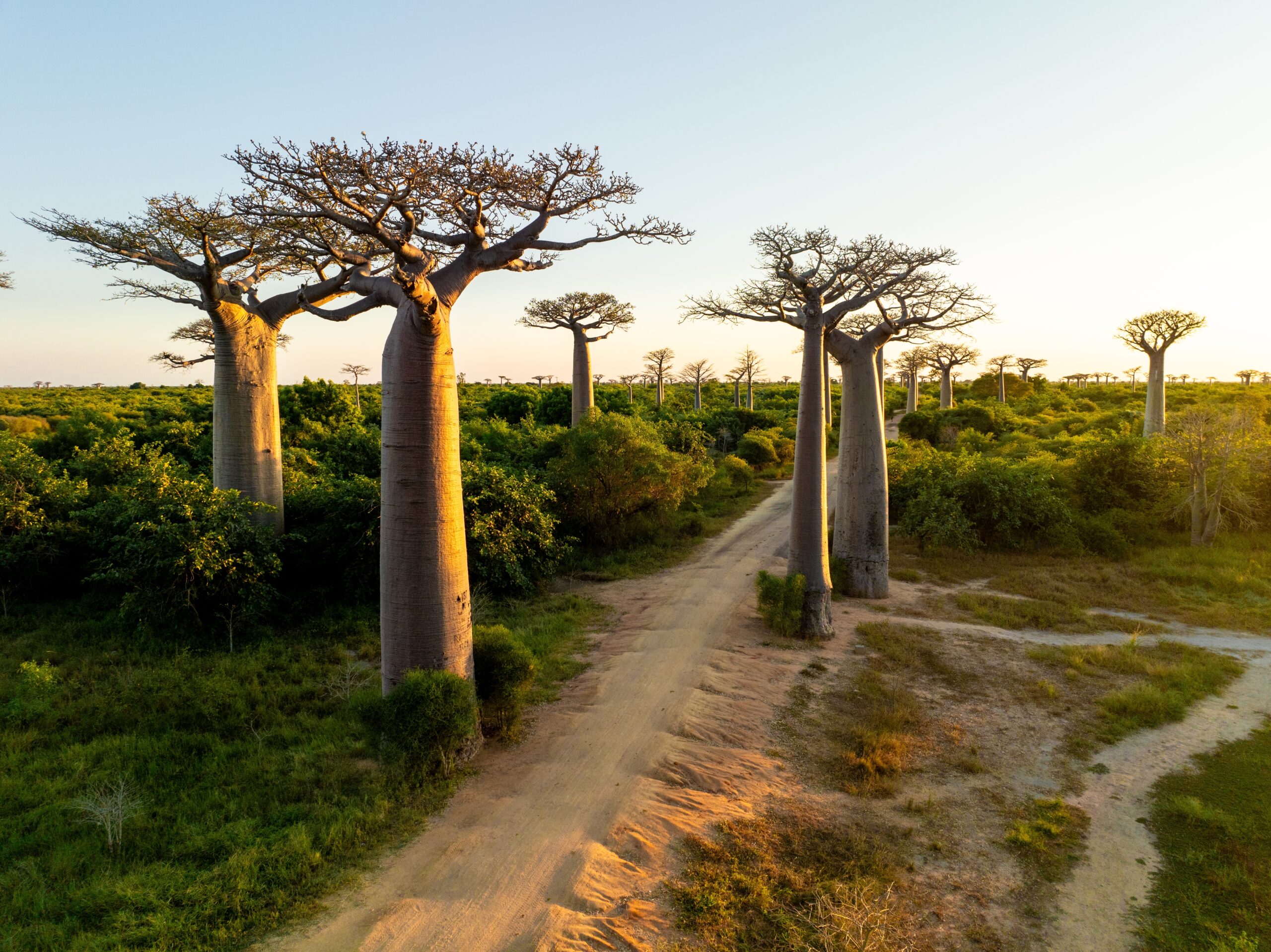
Baobab trees in Madagascar are some of the largest and most iconic trees on the island. These trees can grow up to 100 feet tall and live for thousands of years. They have massive, swollen trunks that store water, allowing them to survive in Madagascar’s dry climate. The baobabs’ large, waxy leaves reduce water loss, and their fruit is a valuable food source for local wildlife.
St. Helena Ebony (St. Helena Island)
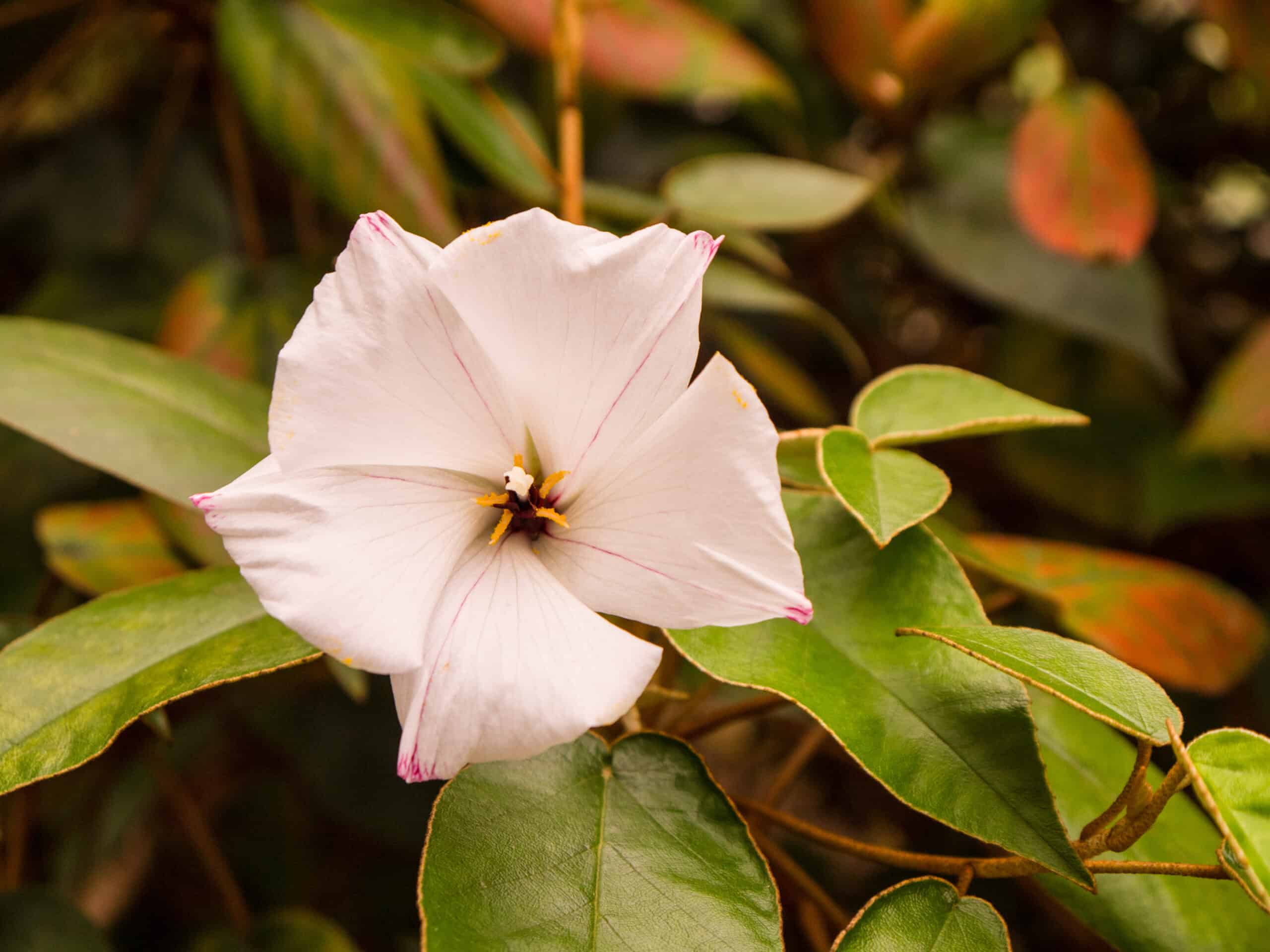
The St. Helena ebony is a rare plant native to the island of St. Helena. This small, flowering shrub was once thought to be extinct but was rediscovered in the 1980s. Its shiny, dark leaves and delicate white flowers give it a striking appearance. The ebony is slow-growing and thrives in rocky, nutrient-poor soils. Conservation efforts are ongoing to protect this unique species from extinction.
Mauritius Kestrel (Mauritius)
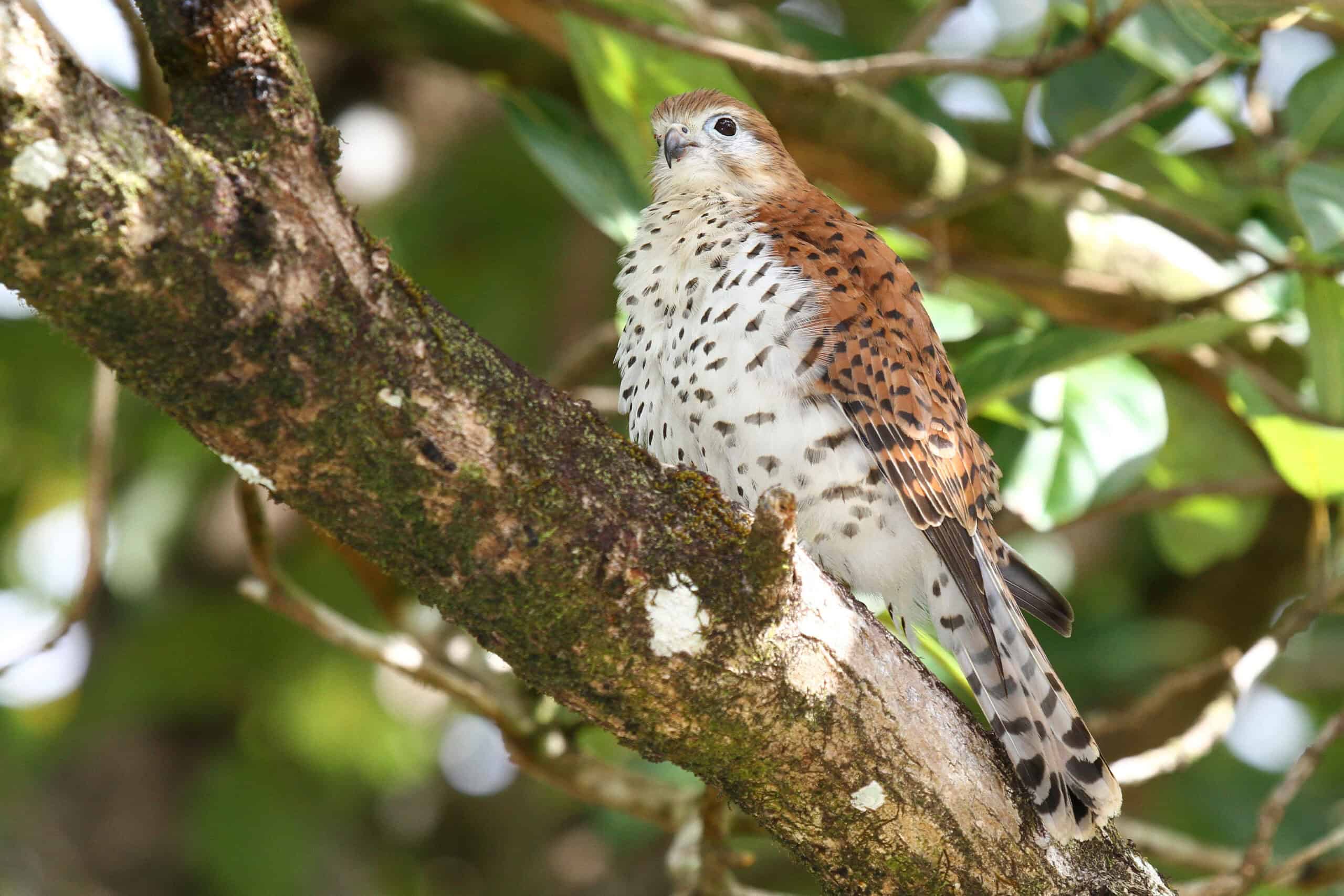
The Mauritius kestrel is a small bird of prey found only on the island of Mauritius. Once the rarest bird in the world, its population was reduced to just four individuals in the 1970s. Conservation programs have since helped the species recover. The kestrel feeds on small mammals, birds, and insects. It has adapted to the island’s forests, nesting in tree cavities and cliffs.
Rafflesia arnoldii (Sumatra, Indonesia)
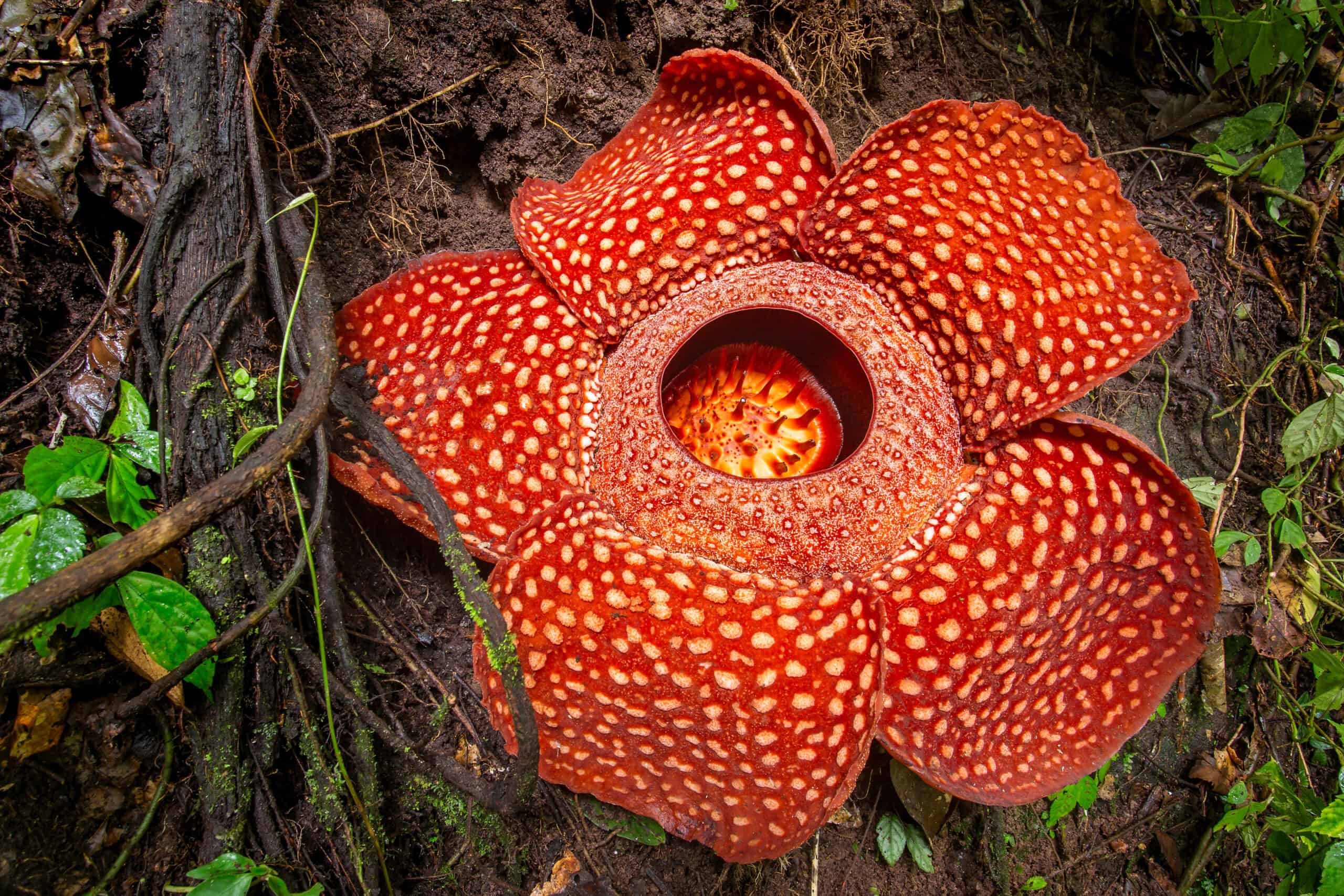
Rafflesia arnoldii holds the title of the largest flower in the world. Found in the rainforests of Sumatra, this parasitic plant produces blooms that can reach over three feet in diameter. The flower emits a strong odor of rotting meat to attract pollinators like flies. Despite its massive size, Rafflesia has no leaves, stems, or roots and relies on a host vine for nutrients.
Pygmy Three-Toed Sloth (Isla Escudo de Veraguas, Panama)
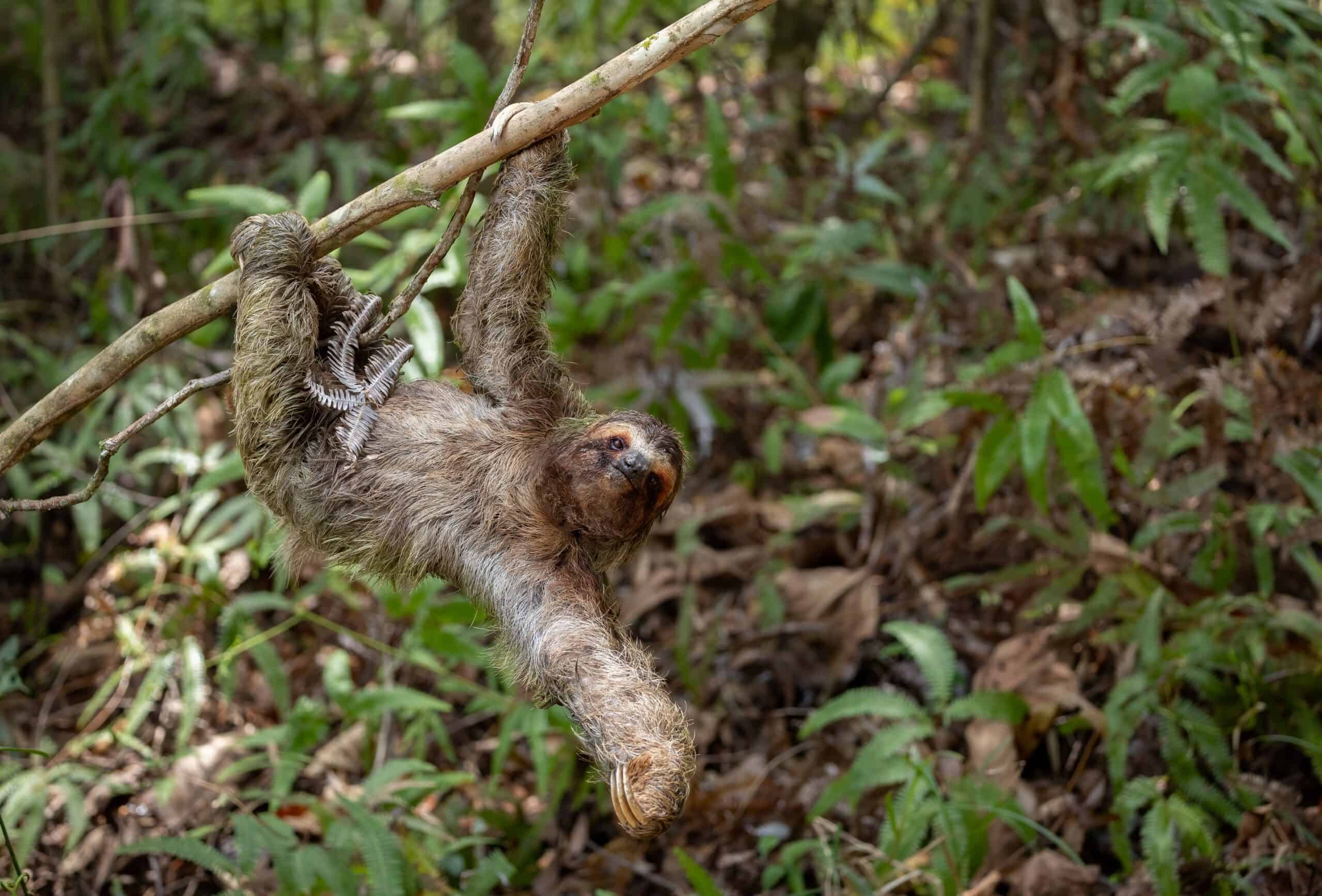
The pygmy three-toed sloth is a critically endangered species found only on Isla Escudo de Veraguas. This small sloth has adapted to life in the mangrove forests of the island. It moves slowly and spends most of its time in the trees, feeding on leaves. Its slow metabolism allows it to survive on a low-energy diet. The pygmy sloth is smaller than other sloth species, making it perfectly suited to its isolated environment.
This article originally appeared on Rarest.org.
More from Rarest.org
15 Exotic Wildlife from the World’s Rainforests
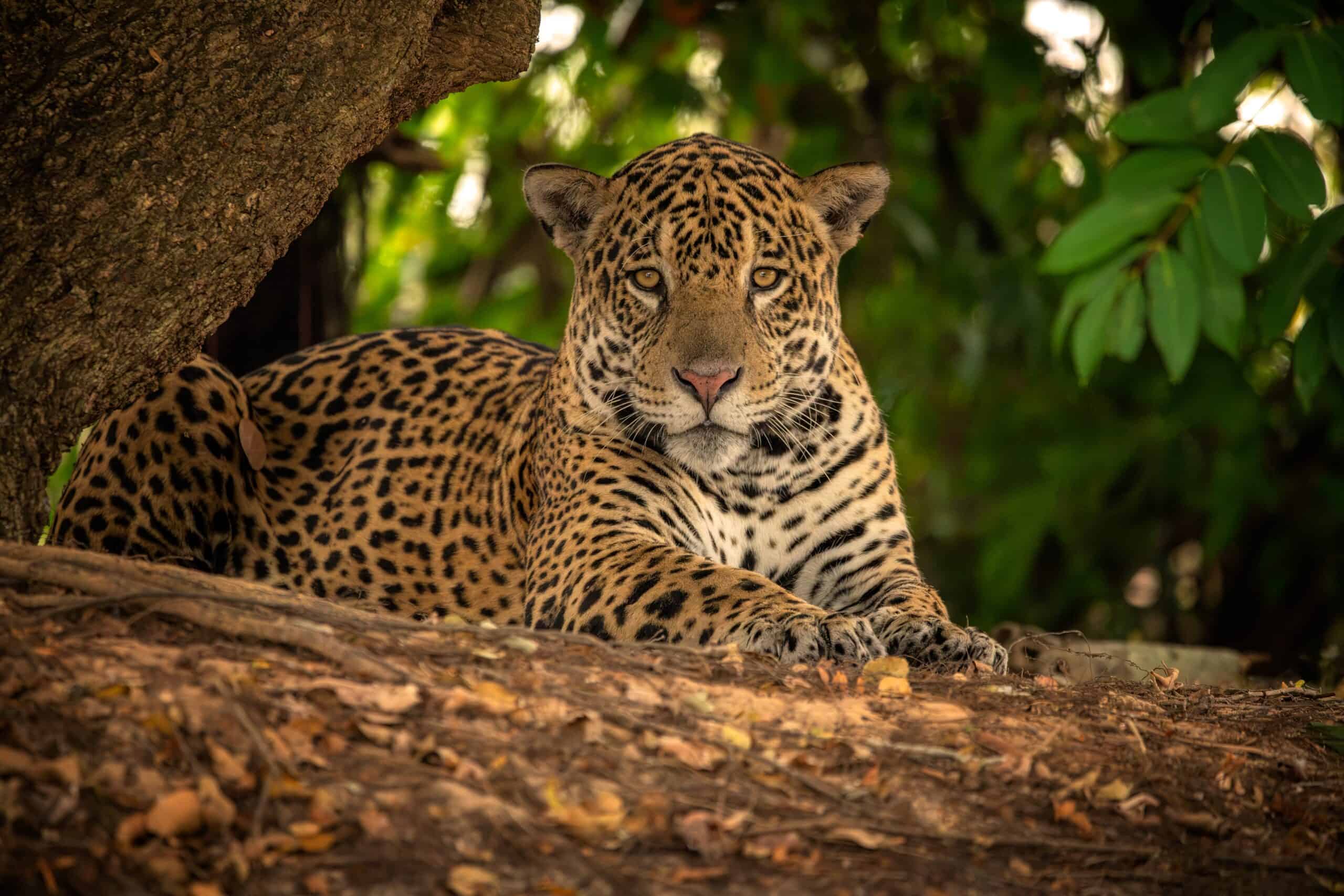
Rainforests are some of the most biodiverse places on Earth, teeming with exotic wildlife found nowhere else. Read More.
1986 Lincoln Penny Value Guide
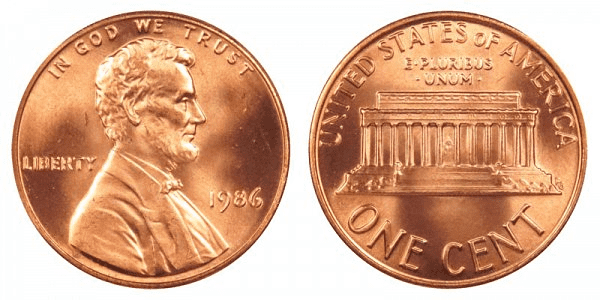
The 1986 Lincoln Penny is very contemporary in terms of coin collection, and it is frequently found in change. Read More.
11 Highly Prized Antique Religious Artifacts and Their Worth

Throughout history, religious artifacts have captured the attention of believers and collectors alike. These relics are not just items of worship but also symbols of deep cultural significance. Read More.
